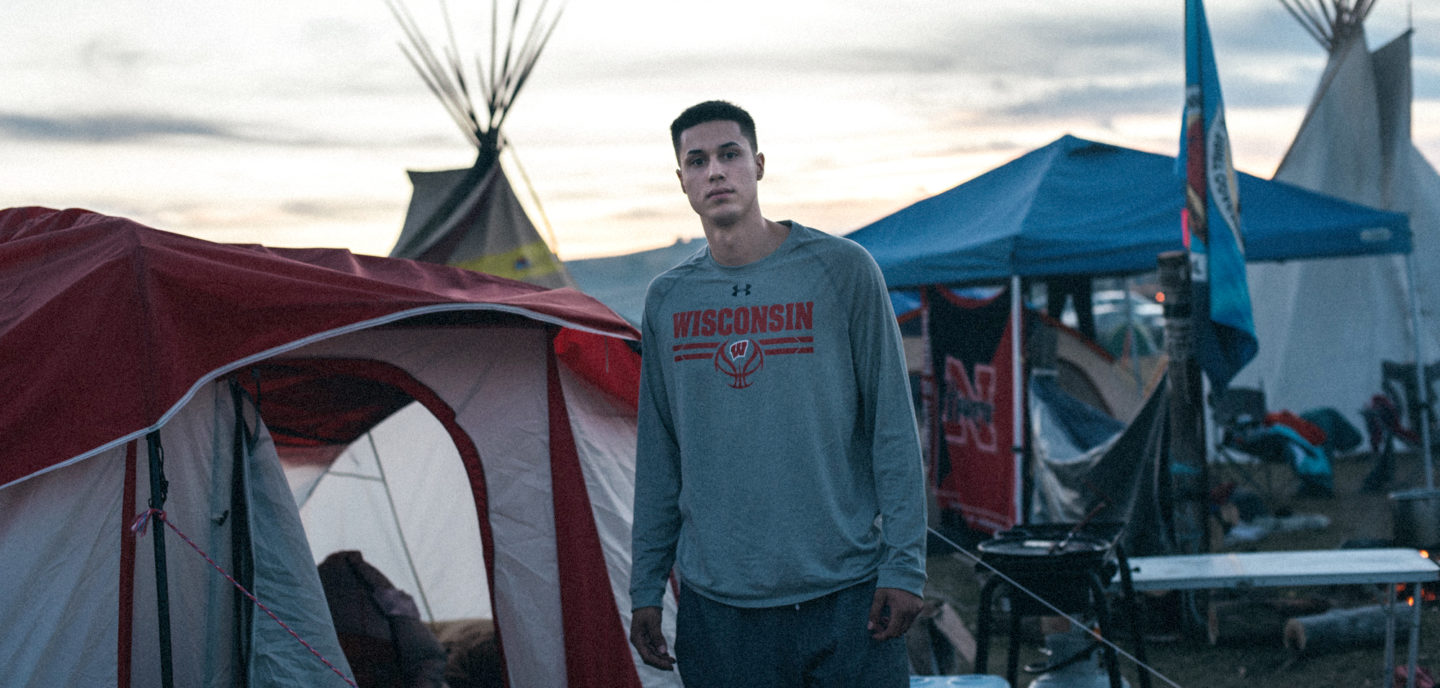What was the source of Krazy Kat’s comic genius?Posted in Articles, Arts, Biography, Literary/Artistic Criticism, Media Archive, Passing, United States on 2016-12-12 16:52Z by Steven |
What was the source of Krazy Kat’s comic genius?
The Washington Post
2016-12-06
Michael Tisserand, Krazy: George Herriman, a Life in Black and White (New York: HarperCollins, 2016)
Genius is simplicity. A dog, who is a policeman, loves a cat, who loves a mouse. The mouse throws bricks at the cat, and the policeman jails him. Some aspect of this, more or less every day, for more or less 30 years, was the comic strip Krazy Kat. In isolation it seems as though it dropped out of the sky, and when its creator died in 1944, to the sky it returned. It has since been recognized as one of the greatest American comic strips, a mix of surrealism, Socratic dialogue, low-rent vaudeville, jazz improvisation, Native American motifs and, as it turns out, a subtle — so subtle no one seems to have noticed at the time — commentary on the peculiar notion of race.
“Krazy: George Herriman, a Life in Black and White,” by Michael Tisserand, skillfully returns context to “Krazy Kat,” revealing that it could have come from no other time or place than during the accelerated rise of the American media empire. To his peers, Herriman claimed to be French or Greek, among other things, to explain away his kinky hair and dark skin. But his New Orleans birth certificate called him “colored,” and Tisserand is especially good at parsing the politics of passé blanc, or “passively passing for white” in Creole culture.
Herriman had a longer apprenticeship than most, working on dozens of strips that never caught fire during the spectacular publication battles between Hearst and Pulitzer that led to the birth of full-color comics such as “The Yellow Kid” and “Little Nemo. ” He was learning his form at the same time that jazz, animation and slapstick comedy were likewise getting their cultural feet under them. Also boxing. Boxing had obeyed “the color line” until 1910, when, in defiance of racist attitudes, the country demanded that black Jack Johnson and white Jim Jeffries finally take the ring. (It’s of course ironic that overcoming racism involved allowing people of different races to beat each other up, but such is our way.)…
Read the entire review here.
